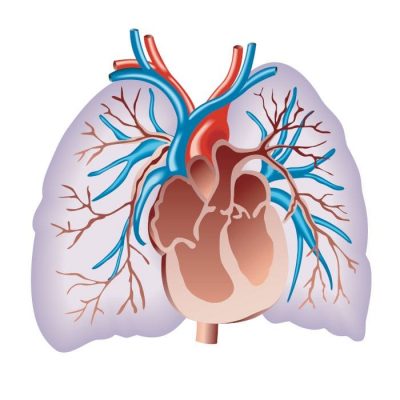The identification and diagnosis of pulmonary hypertension (PH) is often delayed for months to years after the onset of signs and symptoms. Once diagnosis is confirmed, evaluation of risk stratification, diagnostics, and disease burden is crucial for deciding the proper treatment pathway. Treatment for the condition often relies on many angles and many health care professionals, with interventions that may include vasodilators, catheterization, and, in more severe cases, lung transplants.
This presentation gives you the means to recognize and manage PH by covering the following topics:
- Differences between PH and pulmonary arterial hypertension
- Risk factors and signs/symptoms of PH
- Diagnostic workup for PH
- Multidisciplinary management of PH based on disease risk and progression
Sample

